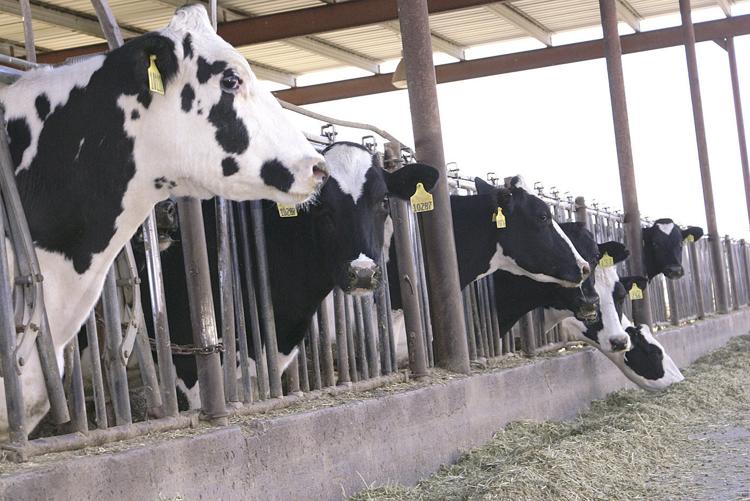
The U.S. average all-milk price reached its peak for the 2020 calendar year in November and isn’t expected to reach similar levels until the second half of the year, at the earliest. Meanwhile, milk production continues to rise: compared with a year earlier, November U.S. milk production was 3.0 percent higher, total milk solids production was 3.3 percent higher, and total U.S. dairy cows were up by 62,000. All three were the highest rates of increase in several years. Growth in total domestic commercial use of milk in all dairy products ticked up during September–November. Still, a temporary lull in government purchases of dairy products at the end of 2020 was accompanied by a drop in the monthly survey cheese price of more than eighty cents a pound from November to December. This took the Class III price down by $7.62 /cwt from the previous month. That development in turn reestablished a relatively normal relationship between December federal order class prices, generating mostly positive producer price differentials in the seven component pricing orders for the first time since last May. Shipments overseas continued to be a bright spot in the dairy economy. Although slipping some in November from prior monthly pandemic levels, exports for all of 2020 remain on track to hit a record level of milk solids exported during a calendar year.
Commercial Use of Dairy Products Domestic commercial use of milk in all dairy products showed stronger growth during the September–November, period than during many earlier rolling three-month periods, in terms of both milkfat and skim solids usage. Significant increases in American-type cheese and butter, bolstered by government purchases, helped drive this increase.
https://www.nmpf.org/wp-content/uploads/2021/01/Dairy-Market-Report-Jan.-2021.pdf























